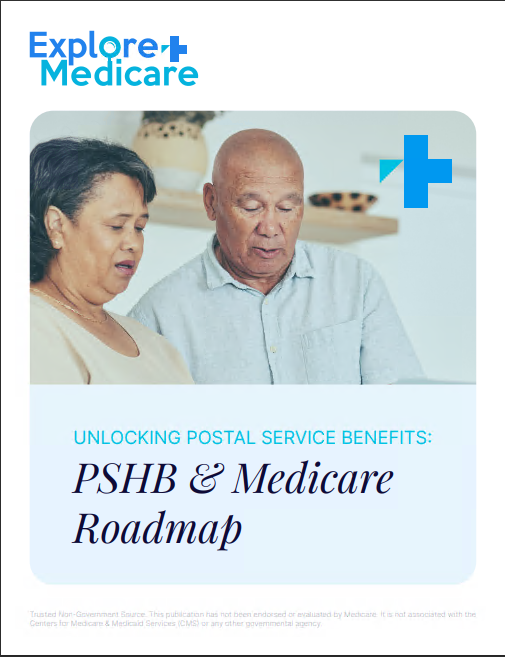Key Takeaways
-
You are not always automatically enrolled in Medicare—timing and eligibility rules vary depending on your unique situation.
-
Missing your required enrollment window can result in permanent late penalties or delayed coverage, so it’s important to understand when you need to act.
Understanding the Basics of Medicare Enrollment
Medicare offers health insurance coverage primarily for individuals aged 65 and older, as well as certain younger individuals with disabilities. While some people are automatically enrolled, others must take active steps to initiate their coverage. Failing to enroll at the correct time can result in penalties and coverage gaps.
Before assuming you’re automatically covered, it’s crucial to know which enrollment path applies to you.
Who Gets Enrolled Automatically?
Automatic enrollment applies to specific individuals under very clear conditions:
-
You are already receiving Social Security or Railroad Retirement Board (RRB) benefits at least four months before your 65th birthday.
-
You qualify for Medicare due to a disability and have received Social Security Disability Insurance (SSDI) for at least 24 months.
In these cases, Medicare Parts A and B typically start on the first day of the month you turn 65 (or the prior month if your birthday is on the first). You’ll receive your red, white, and blue Medicare card by mail about three months before your coverage begins.
However, if you don’t fall into these categories, you are responsible for signing up on your own.
When You Need to Enroll Yourself
There are three main enrollment periods where you must take initiative:
1. Initial Enrollment Period (IEP)
This seven-month window surrounds your 65th birthday:
-
Begins: Three months before the month you turn 65
-
Ends: Three months after the month you turn 65
Enrolling early within this window ensures your coverage begins on time. Waiting until the last months of this period can lead to a delay in the start of your benefits.
2. General Enrollment Period (GEP)
If you miss your IEP and don’t qualify for a Special Enrollment Period, you can enroll during the GEP:
-
Runs from January 1 to March 31 each year
-
Coverage begins July 1 of the same year
Late enrollment may trigger permanent penalties for Part B, increasing your monthly premium.
3. Special Enrollment Period (SEP)
You may qualify for a Special Enrollment Period if you delay Medicare because you had other creditable coverage, such as through an employer.
-
SEP lasts for eight months after the employment or coverage ends, whichever comes first
-
No late penalties if you enroll during this period
This is especially relevant if you’re still working past age 65.
What Happens If You Miss Your Enrollment Window
Delaying enrollment without qualifying for a Special Enrollment Period can come with lifelong consequences:
-
Part B Late Enrollment Penalty: Your monthly premium may increase by 10% for each full 12-month period you were eligible but didn’t sign up.
-
Part D Late Enrollment Penalty: You may owe a penalty if you go 63 or more days without creditable prescription drug coverage.
These penalties apply for as long as you have Medicare coverage and can add up significantly over time.
The Role of Employer Coverage
Many individuals delay Medicare enrollment because they are still working and covered by an employer plan. In this case:
-
If the employer has 20 or more employees, you can delay Medicare without penalty and use the SEP when your employment ends.
-
If the employer has fewer than 20 employees, you should enroll in Medicare during your IEP to avoid coverage gaps and penalties.
Always confirm with your employer whether your group coverage qualifies as creditable for Medicare.
Medicare and Disability: Different Timelines
If you qualify for Medicare due to a disability:
-
You’re automatically enrolled in Parts A and B after receiving SSDI for 24 months.
-
Your Medicare card arrives in the mail during the 25th month.
Those diagnosed with ALS (Lou Gehrig’s disease) are enrolled immediately upon receiving SSDI. People with End-Stage Renal Disease (ESRD) may need to actively sign up depending on the type and timing of treatment.
How and Where to Enroll
If you need to enroll manually, you can do so through any of these methods:
-
Online: Through the Social Security website
-
Phone: By calling Social Security directly
-
In person: At a local Social Security office (appointment recommended)
Make sure to have the necessary documents, such as proof of age, citizenship, and any employer coverage information if you’re applying for a Special Enrollment Period.
Medicare Advantage and Part D: Separate Decisions
Enrollment in Original Medicare (Parts A and B) is just the beginning. You also need to decide whether to:
-
Join a Medicare Advantage Plan (Part C), which covers Parts A and B and often includes additional benefits
-
Add a standalone Part D plan for prescription drug coverage
These choices are made during your Initial Enrollment Period or during Open Enrollment each fall (October 15 to December 7). Missing these windows could limit your coverage options until the next available period.
What to Do if You’re Unsure
If you’re uncertain about whether or not you’re automatically enrolled—or when you need to take action—it’s always best to:
-
Contact Social Security to verify your status
-
Review Medicare’s official communications sent before your 65th birthday
-
Talk to a licensed agent who can help you understand your timeline and choices
Staying informed helps avoid gaps in coverage, unexpected costs, and missed opportunities for the best available care.
Your Enrollment Timing Matters
Medicare enrollment isn’t always automatic, and assuming it is can be a costly mistake. By knowing your specific eligibility situation, watching key enrollment periods, and taking timely action, you avoid penalties and ensure you get the coverage you need when you need it.
For guidance that fits your personal timeline and healthcare goals, get in touch with a licensed agent listed on this website for professional advice.



